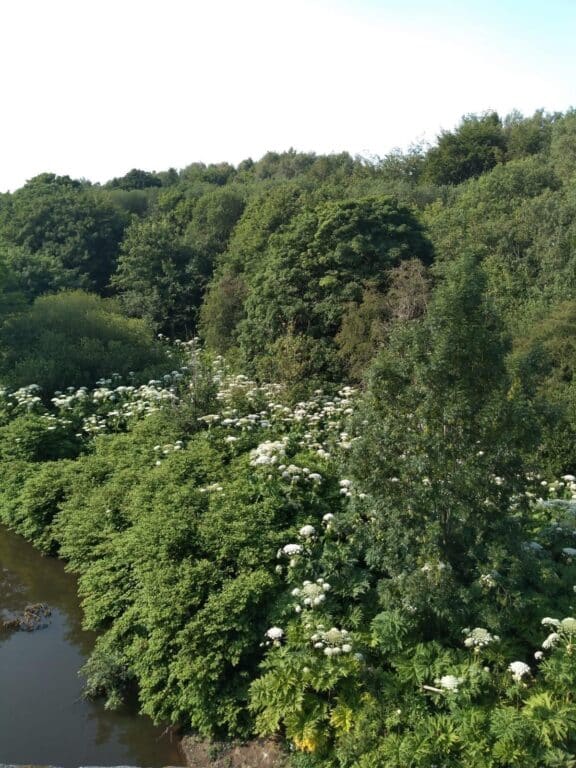
Blog
It Was Me
Author: Mike Clough
Date Posted: Wednesday 12th February 2025

0161 723 2000
8AM to 5PM

Author: Mike Clough
Date Posted: Wednesday 12th February 2025

You all know the difference between a ‘native plant’ and a ‘non-native plant’. Pretty straight forward – one that grows naturally within a specific region or habitat is a ‘native’….and one that has been introduced to a new area by humans is a ‘non-native’.
It gets more complicated when you try and look at just how long a species has to grow ‘naturally’ within a region for it to be called truly native. Think of the Sycamore tree – a classic tree of our British landscapes, yet many would call it an ‘alien’ species’ or ‘non-native’ because it was introduced by the Romans with a recorded presence in the UK since the 15th or 16th century.
It gets even more complicated as humans evolved and travel became easier – more and more species were discovered and introduced into our English landscapes. Alien species started to arrive in a trickle but it quickly turned into a flood. Think of all the people holidaying abroad who bring back their favourite plant rolled into their undies in a suitcase.
The Victorians were great ones for expanding their gardens with exotic species that they could show off to their neighbours – the list is almost endless – and includes such plants as Japanese knotweed, Giant hogweed and Himalayan balsam.
So we have the Romans, we have the Victorian’s, we have holiday makers….and in amongst this classical list …we also have Mike Clough.
Whooooooaaaaaahhhhhh you’re all going …whaaat the actual f**k ….
Slow down, slow down…and I shall explain….
As a newly qualified landscape architect I was employed in Oldham to undertake environmental improvements. The budgets were limited and the areas to be planted were pretty grim. I was therefore encouraged to maximise my budget by buying plants in bulk and to look for the best value for money.
The plants needed to be cheap, robust, grow quickly and be able to withstand abuse by vandals and further abuse by the British weather. Unfortunately (looking back with hindsight) the imported plants that were such a bargain were never going to be a great idea.
Any plant able to survive, gain foothold and flourish under severe stress is going to be problematic as it grows. Many of these imported species have no natural enemies with our borders and will grow and spread prolifically once established. They often produce endless seed or grow from suckers to ensure a rapid establishment phase – and once through this period are difficult to manage and control.
I hold my hands up. I had no idea how successful these plants would be.
…and to compound the problem …I was one of hundreds of landscape architects doing the same thing throughout the country.
It wasn’t just Mike Clough – it was an entire industry firing out drawings for planning applications relating to business parks, town centre refurbishments, shopping centres, housing estates etc. etc. All using Cotoneaster, Rhododendron, Montbretia, Japanese rose …planted in the thousands all over the country.
Only recently have the various environmental bodies taken note of the spread of these species and introduced powers to limit spread and encourage removal.
The modern landscape architects are far more aware of alien species and the problems that they can pose both with rapid expansion and the pests and diseases that can bring with them. Lecturers now respect and teach about use of native species and ensuring that sites remain as natural as they can.
So, whilst I admit to some blame coming my way, none of this was taught in my day. Nobody really considered the possible damage that imported plants might cause.
At least I am still here trying to put things right…and at least it’s not taken hundreds of years for anybody to notice.
Mike C